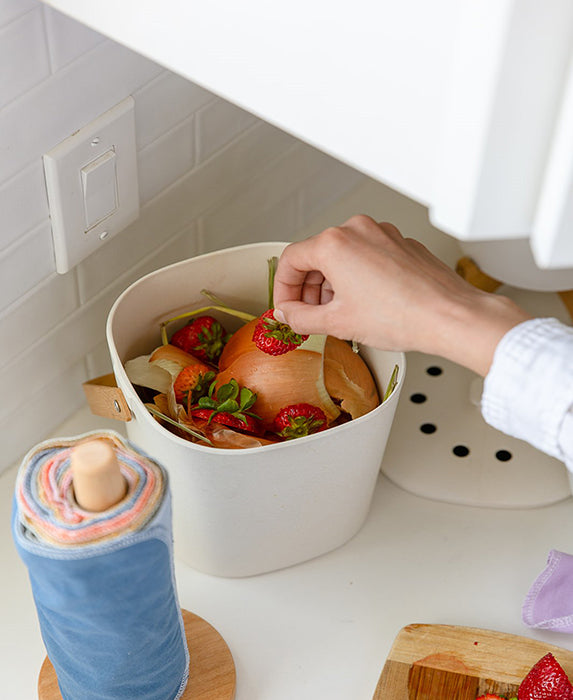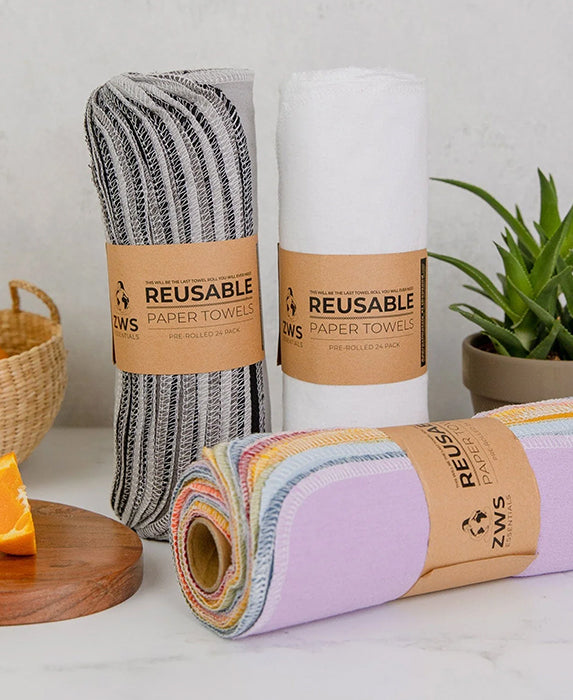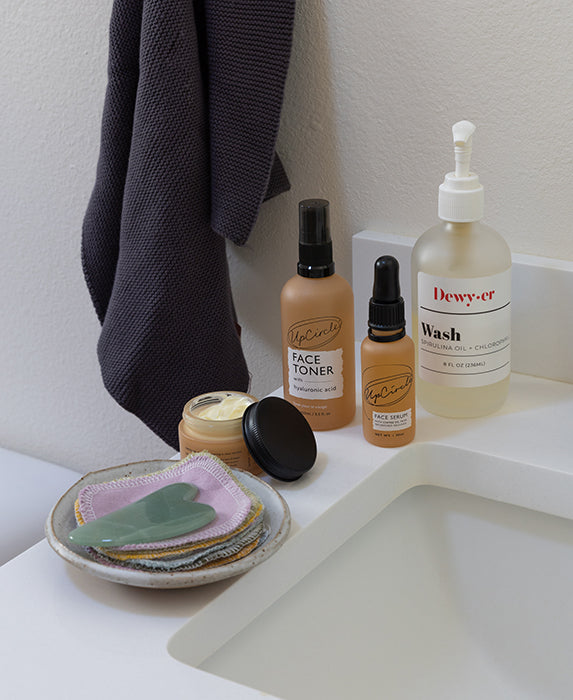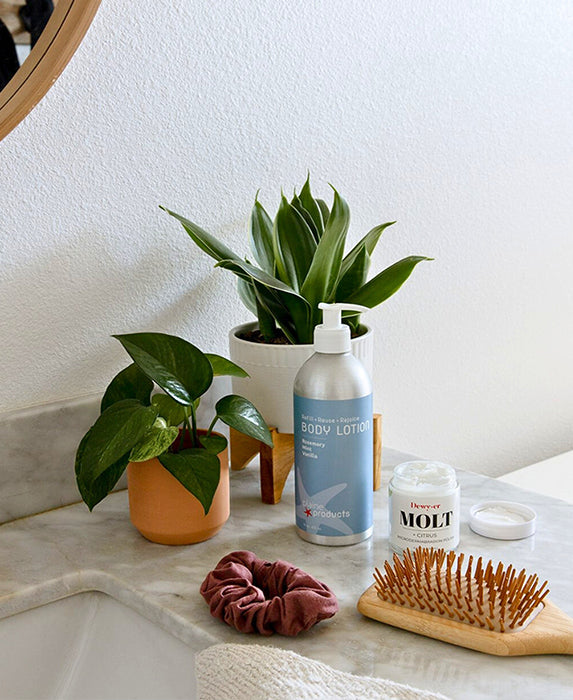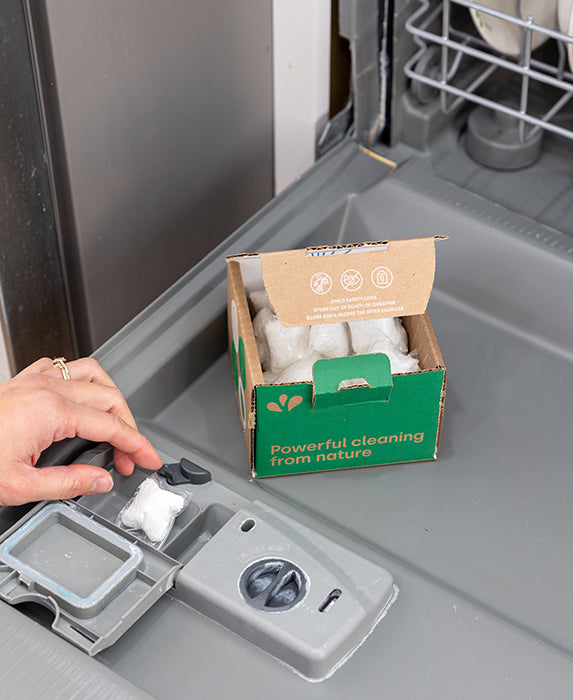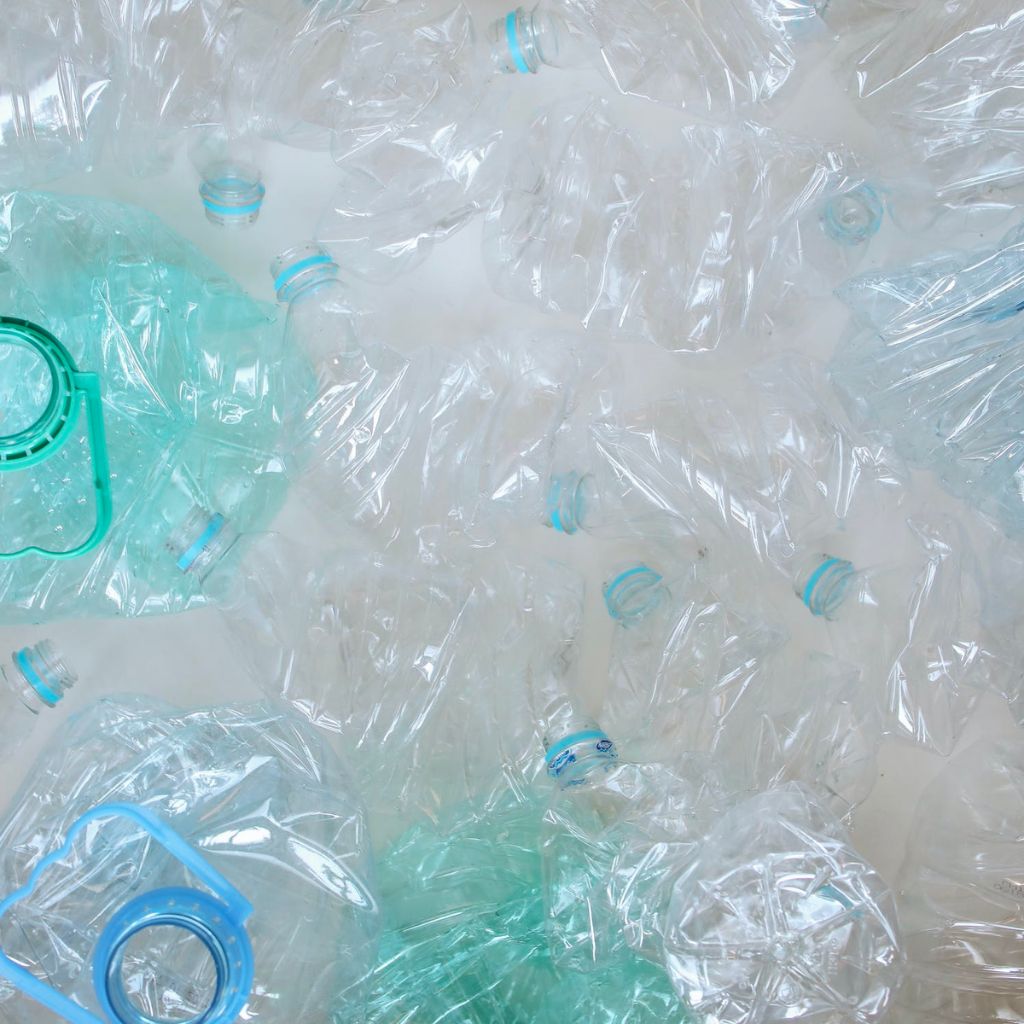Let me guess, you read the title and jumped to questions like: “How can clothing be organic? I thought that was just for produce…” and “Hemp, that’s some kind of hippy thing, right?” and “Oh gosh, please tell me that rPET is an an acronym for something and you aren’t talking about actual pets…”
We get it–there’s a lot of fabrics and materials out there that go into ethical clothing, and it can get confusing to know what is best for your lifestyle. Let’s make it simple: cotton is a natural fiber, and can be certified organic while it’s being grown! Hemp is also a natural fiber which happens to be super versatile, so it can be used for anything from concrete, to durable textiles. And don’t worry, rPET stands for recycled polyethylene terephthalate, which is synthetic fibers made from recycled plastics! Want to learn more? Check out the blog below where we break down 3 of our favorite eco-friendly textiles.
What you’ll learn:
-
Understand the benefits and drawbacks of each of 3 sustainable fabrics; organic cotton, hemp, and rPET!
-
Learn about organic fibers vs synthetic fibers
Hemp vs Organic Cotton vs rPET
Looking to upgrade your wardrobe without taking it out on the environment? At EarthHero, we work hard to select natural or recycled fibers for the materials in our clothing, without compromising quality or style. As you browse our clothing selection, you’ll come across three types of sustainable fabric that we often turn to, each with their own benefits (and downsides). Read about each of our favorite materials below, and let us know which one you prefer in the comments below!
![]()
Hemp
Step up to the plate, hemp! This high-yield crop grows quickly and doesn’t rely on harsh pesticides and fertilizers, making it one of our favorite renewable resources. This plant actually adds nutrients to the soil instead of depleting them! Hemp is strong, breathable, and moisture wicking, and it requires minimal dye during fabric production due to its high absorbency qualities. You may call it magic–we just call it mother nature.
Benefits of hemp
Durable
Hemp is up to three times stronger than cotton! This makes it a great sustainable fabric for outdoor wear. Plus, with every wash, your durable hemp tee will continue to get softer–without wearing down as quickly as other materials.
Biodegradable
Polyester and other synthetic materials contain microfibers, or microplastics, that can enter our waterways every time you wash the material. These microfibers are then consumed by fish, move up the food chain, and can cause a whole slew of environmental issues.
As a natural fiber, you don’t have to worry about microfibers when you wash hemp. Plus, once the durable material does run its course, you can toss it in the compost!
Plays nice with others
Hemp blends easily with other materials. This allows it to create soft, yet strong, fabrics! We’re a big fan when hemp and organic cotton come together, as hemp lends its durability while cotton still provides the soft feel you know and love.
Renewable
Not only does hemp grow in a variety of climates and soil types, it also grows incredibly densely. This means that less land is needed to produce more material–hemp can produce 250% more fiber than conventional cotton within the same amount of land! Plus, hemp grows super quickly, resulting in more yields per acre. It can take as little as 3 months to be ready to harvest.
Perfect for summer
Hemp breathes well, absorbs moisture, and has UV resistant qualities. What more could you ask for from your sustainable summer wardrobe?
 Thrives without chemicals
Thrives without chemicals
Since hemp grows so densely, it crowds out weeds on its own. This means that it doesn’t need herbicides to grow strong! Hemp is also naturally resistant to pests, so it doesn’t require pesticides either. This means chemical-free fibers for you, and a healthy environment for the workers who make it!
Naturally hypoallergenic and antibacterial
Not enough time to do a load of laundry? No worries! Hemps natural antibacterial qualities mean less odor, so you can go an extra day without anyone noticing. Plus, hemp is great for people who have allergies or sensitivities–it’s naturally hypoallergenic. Think it ends there? This magical fiber is also mold resistant–say goodbye to mildew!
Downsides of hemp
Can get wrinkly
Without the same wrinkle-controlling chemicals that treat conventional fabrics, hemp can crease or bunch up. Sometimes, this may also cause the material to be scratchy, so look for hemp/cotton blends for a softer feel!
Not colorfast
Looking for vibrant clothes to match your vibrant personality? Unfortunately, hemp doesn’t hold colors as well as other fabrics, so the colors are often not as rich.
How is hemp different from marijuana? Why was hemp outlawed in 1937? Join us as we break hemp down even more here!
![]()
Organic Cotton
Another sustainable fabric you’ll find on EarthHero is organic cotton! We look for cotton produced with organic over conventional methods, as organic production uses zero chemical pesticides and fertilizers, promoting a healthier use of land and decreasing harmful agricultural runoff.
Choosing organic cotton eliminates the use of insecticides and other harmful chemicals, promotes efficient resource use, and results in a safer products and a cleaner planet! Check out some of the benefits of organic cotton below!
Benefits of organic cotton
Chemical free farming
Synthetic chemicals aren’t just bad for land and water, they expose people to harmful effects too! When pesticides and fertilizers are used, they endanger the health of those working to grow the crops. Because organic farming does not allow the use of these harmful synthetic chemicals, they can avoid these destructive side effects.
Biodegradable
Like hemp, we’re big fans of biodegradable fabrics. Cotton can be composted, unlike the polyester or synthetic fabrics that remain for centuries after you’re done wearing them.
Less water than conventional cotton
Farming methods for organic cotton have been shown to use up to 20% less water than nonorganic production methods.
Super soft
It’s no secret that cotton can be incredibly soft, and becomes softer the more you wash it. This can be both a pro and a con, however, as cotton will break down relatively quickly. Like hemp, however, cotton is a great contender for sustainable fabric blends, so look for a hemp/cotton blend for a more durable option!
Downsides to organic cotton
Resource intensive
The biggest issue with cotton is its water-intensive requirements. Cotton farming is the largest consumer of water in the apparel industry, and though organic does use up to 20% less water than nonorganic, it still requires a significant amount. When we compare hemp to cotton, land becomes a big factor–cannabis plants can produce 200%–250% more fibre in the same amount of land compared to cotton.
Can shrink
It’s recommended to wash cotton in cold water, as warm or hot water may cause your clothing to shrink, unlike with polyester. To keep your natural fiber clothes in the best condition, hang them to dry as well!
Learn more about why organic clothing is better, here!
![]()
Recycled PET
And bachelor #3… rePETe! You’ll see this type of material called anything from rPET, rePET, to rePETE. No matter the name, this term describes material made using recycled PET plastic. This material takes this recycled plastic, melts it down, and spins it into yarn to create recycled PET fabric, or recycled polyester. By providing a use for recycled plastics, companies that create recycled PET products encourage recycling programs worldwide, while adding new value to discarded items.
Currently, over half of virgin PET production goes towards making new polyester. By utilizing recycled PET, companies are both diverting waste while taking the place of raw materials. This helps to reduce the demand for the extraction of oil, as well as energy used to produce new synthetic fibers.
Benefits of Recycled PET
Resource and energy efficient
This one’s simple: recycled PET utilizes resources that have already been used, and gives them a second life! Not only is it making use of materials already created, but a shirt from recycled PET uses much less energy than its virgin polyester counterpart.
Fewer wrinkles
Since its development in the 1940’s, polyester has been recognized for its wrinkle-resistant qualities. Recycled PET maintains the same wrinkle-free benefits of virgin polyester!
Flexible and fast-drying
Sustainable activewear companies typically turn to recycled PET for their clothing. The material is stretchier than natural fibers, allowing for the flexibility needed in most sports.

Downsides to Recycled PET
Microfibers
Synthetic materials, including recycled polyester, release tiny plastic particles into the ocean every time they get washed. These particles can cause issues in the marine life that ingest them, as well as in the humans that may consume those fish later on. Plus, no form of polyester is biodegradable–once plastic is created, it will exist for at least 500 years.
Chemicals used in production
Although creating a product from recycled plastic requires far less energy than creating first-time plastic, it still has its own challenges. Melting down recycled plastics releases volatile organic compounds that are harmful to the environment and wildlife surrounding the production site.
Recycled PET isn’t a perfect solution, and it doesn’t solve the fact that once plastic is made, it’s here to stay for a very long time. Finding a new life for these already-made products, however, is definitely a step in the right direction. You can read more about rPET here!
It doesn’t stop there!
While these three materials are big players in the eco-friendly fashion movement, there are plenty of other awesome sustainable fabric options out there. Are you a fan of linen, sustainably harvested wool, or Tencel? We like those too! You can find tons of information on every product, including the material makeup of an item, by checking out its sustainability features!

